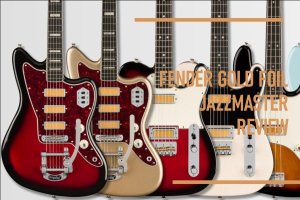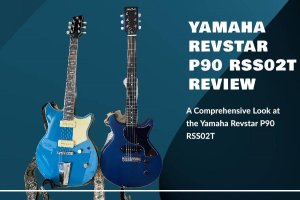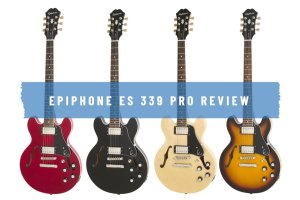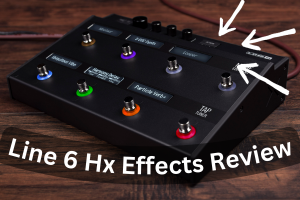Gibson Guitars started in 1902 and has a cool story. Musicians who play blues, jazz, and rock love it. The Les Paul came out in the 1950s. It’s known for its great sound. Jimmy Page and Slash are big fans.
Over time, the Les Paul guitar has changed. Two popular types are the Standard and Studio. The Standard is top-notch with fancy materials. It’s made with lots of care. But the Studio is simpler and costs less.
I’ll share about the cool features, sound, and value of both the Standard and Studio models.
Build Quality And Materials
The stuff a guitar is made of can change how it sounds, feels, and lasts. Gibson’s Les Paul Standard and Studio guitars are made for different tastes and budgets.
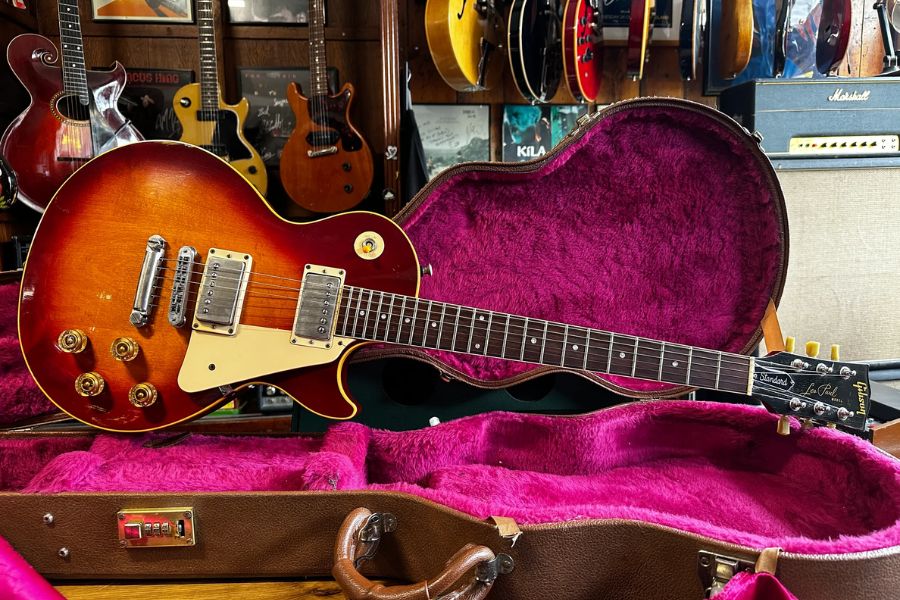
Body Styles, Wood Types and Finishes
Both guitars look like the classic Les Paul from the 1950s. The Standard has fancy looks with a shiny maple top and mahogany bottom. It often has cool sunburst colors. The Studio keeps it simple with no fancy top and comes in plain colors or soft bursts. It has a smooth finish.
Construction Methods
Neck Types
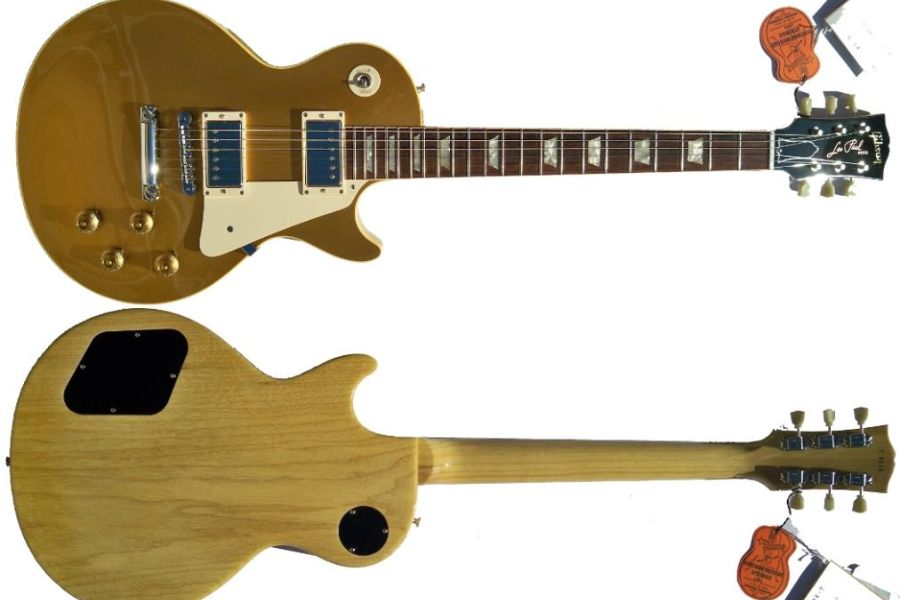
Both the Standard and Studio types use the set-neck design. Gluing the neck to the body in both guitars makes them sound better and last longer than guitars with bolt-on necks.
Hardware Differences
The hardware on the Les Paul Standard and Studio models is a bit different. Let’s break it down simply.
Tuners: The Standard has special tuners that lock. This makes string changes and tuning easier. The Studio has good tuners too, but they don’t lock.
Bridges: Both guitars have the Tune-o-Matic bridge. It’s steady and easy to tweak. The Standard usually offers more choices for the metal parts.
Pickguards: The Standard might come with a pickguard you can choose to put on or leave off. The Studio has pickguards too, proving it’s built for use.
So, there you have it. The Standard has some extra fancy bits. But both guitars are set up to play well and last long.
Sound and Electronics
Les Paul guitars always sound great, and these two are no exception. The Standard sounds like an old-school guitar, while the Studio packs more punch and sounds newer.
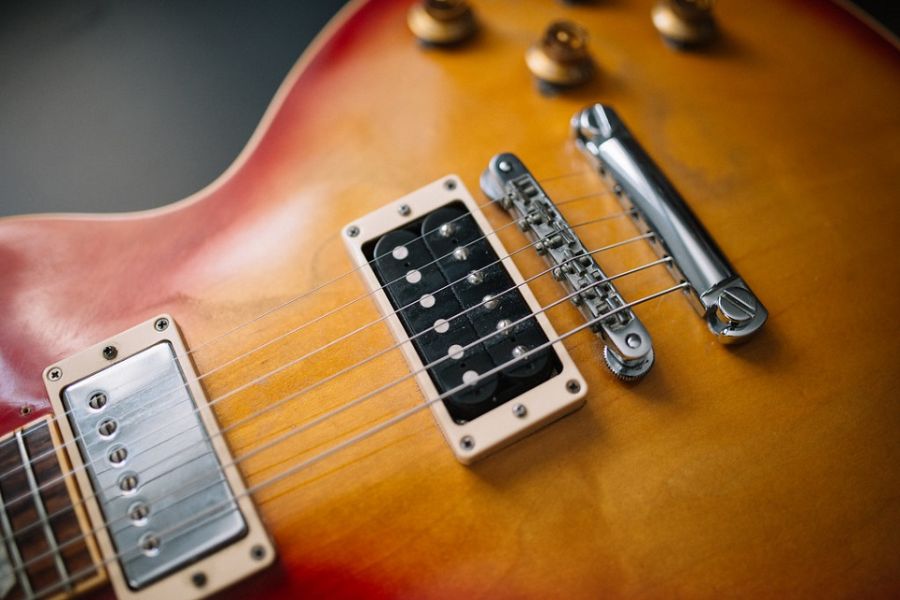
Pickups
Standard: It nails the old Les Paul vibe from the 50s and 60s. It usually has fancy pickups like the Burstbucker Pro or ’57 Classic. These pickups are warm and full of harmonics. At low volumes, they’re clear and crisp. Turn up the gain, and you get that creamy, classic Les Paul distortion.
Studio: This one often comes with 490R and 498T pickups. They offer a wide sound range and are a bit louder than the Standard’s pickups. Modern players dig this. It has the Les Paul’s warm sound but with an extra kick.
Control Layout
Both guitars use Gibson’s classic controls. They have a switch to pick between three sounds and separate knobs for loudness and tone for each sound maker. You get to control the mix and tweak the sound your way.
Genres and Notable Musicians
The Les Paul Standard is a hit with blues, rock, and jazz fans. Its old-school sound has been a favorite of many stars. Jimmy Page from Led Zeppelin and Slash from Guns N’ Roses both rocked this guitar. Jazz player Wes Montgomery and blues star Joe Bonamassa love it too.
The Les Paul Studio, with its loud sound, is perfect for today’s rock and metal. Billie Joe Armstrong from Green Day and Mark Tremonti from Alter Bridge and Creed are huge fans. Armstrong rocks it in punk songs, and Tremonti switches from heavy to soft sounds easily.
Read more: How to make an electric guitar sound metal?
Playability
The Gibson Les Paul Standard and Studio make playing guitar fun in different ways. They feel different in your hands, especially when reaching for high notes.
Neck Profiles and Player Comfort
Les Paul Standard: This guitar is comfy to hold and play. Its neck shape has changed from a slim, fast-playing “slim taper” to a thicker “50s profile.” The slim taper is great for quick playing and suits players with smaller hands. The 50s profile is thicker, giving a full grip. It’s awesome for strumming chords and bending notes.
Les Paul Studio: This model has had slim necks too. It’s built to support your hand well, making fast and smooth playing easy. The Studio is all about being easy to play, showing Gibson’s promise to keep all Les Paul guitars player-friendly.
Weight and Balance
Both the Standard and Studio guitars are made of mahogany. This wood is dense but weight relief techniques keep the guitars from getting too heavy. Modern Standards might have holes inside or special cuts to lighten them up. But don’t worry, they still sound great.
Action, Fret Access
The action and fret access on both the Les Paul Standard and Studio models are great. The set-up out of the factory typically has a low action that lets you play swiftly and with little effort while still leaving enough clearance to stop fret buzz.
The Les Paul’s classic single-cutaway design makes it easier to get to higher frets.
Playing these guitars is easy and fun. They come ready to play fast and smooth, without any buzzing. But, because these guitars are a bit thick, they might feel a bit harder to play up high compared to skinnier guitars or double cut-away.
So Which One To Choose?
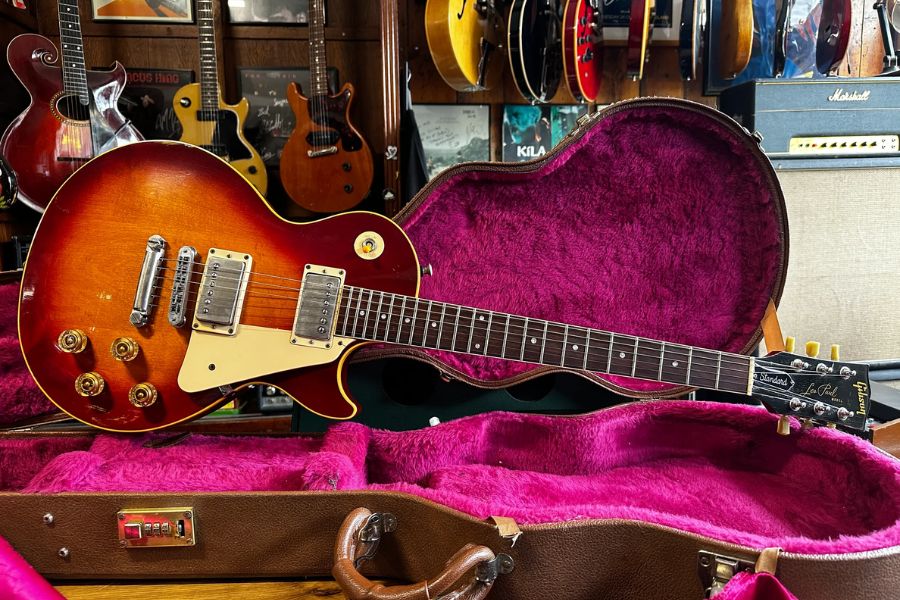
So, which Gibson Les Paul should you pick? Both the Standard and Studio models have cool features for different budgets.
The Standard is for those who love the classic Les Paul. It looks fancy, sounds like the old days, and uses top-notch materials. But, its high price might be too much for some.
The Studio, though, makes Les Paul easy to access for everyone. It’s made to be handy for any musician today. Its simpler style and the less fancy look might not catch every eye. Yet, for those who play more than they show off, it’s perfect.




